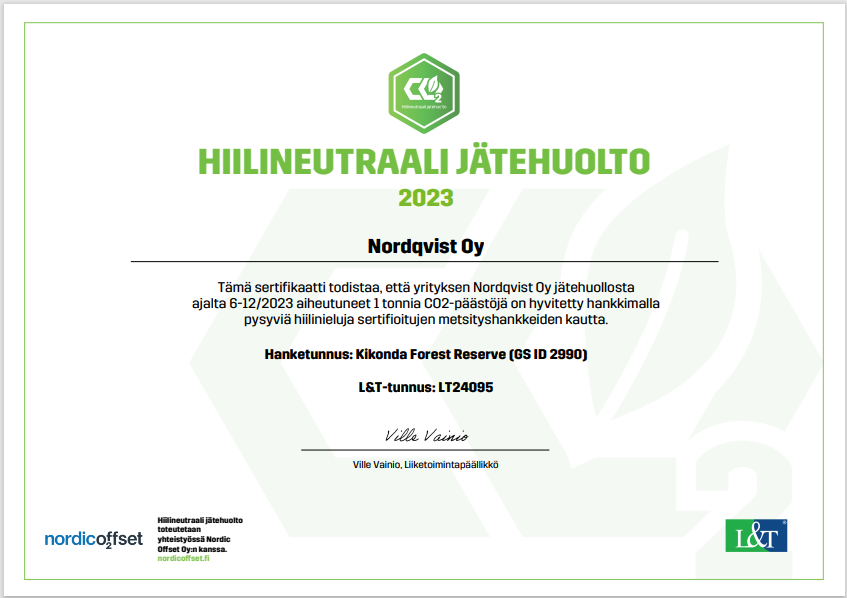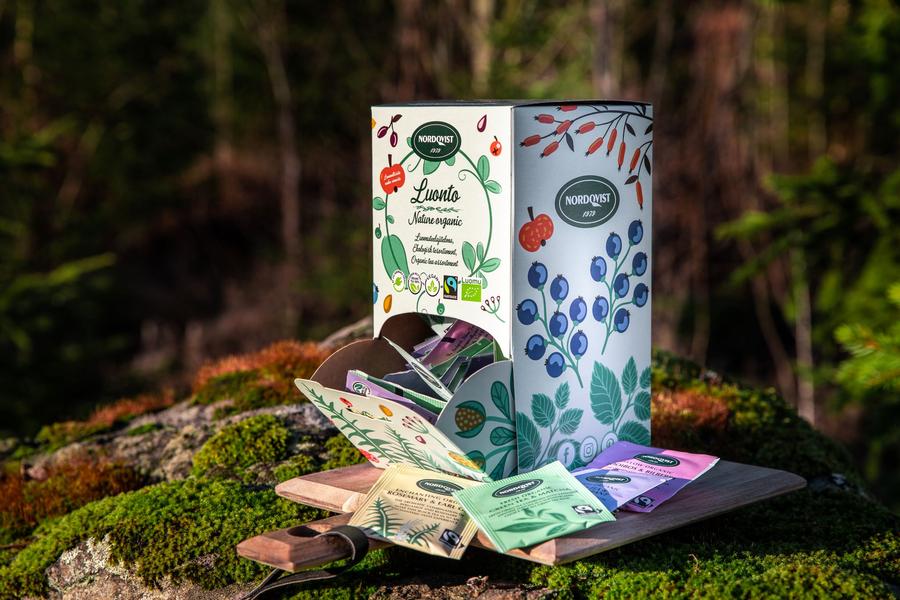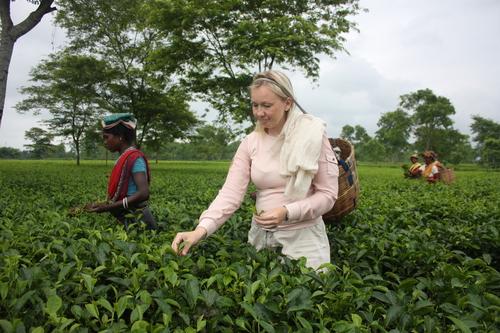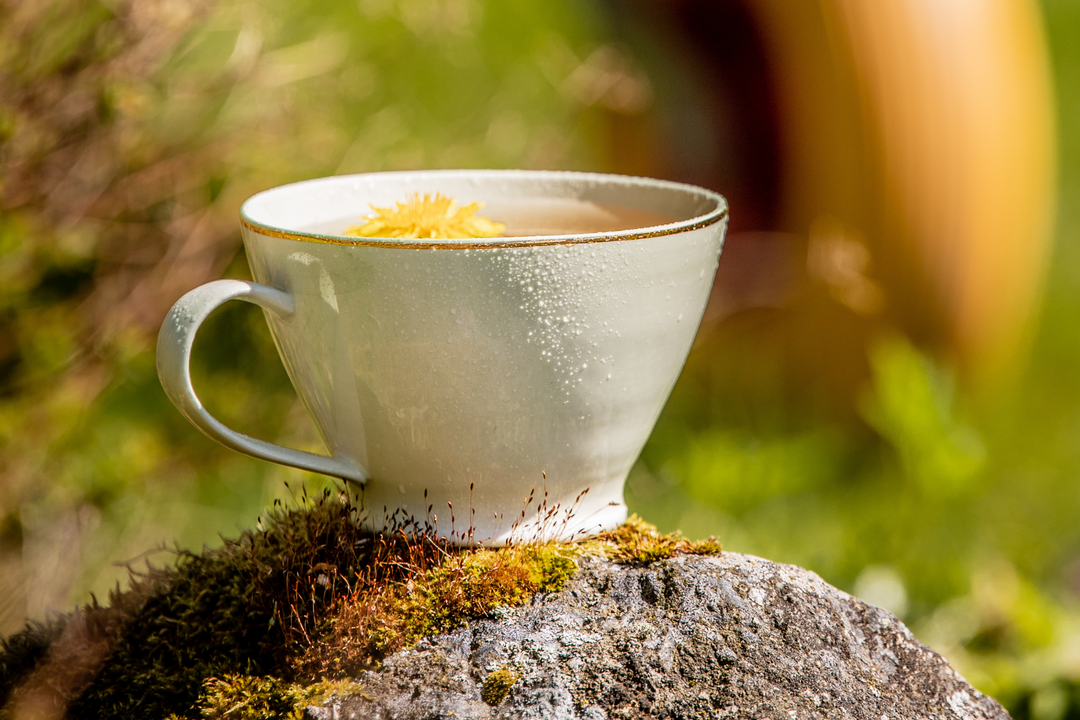What is matcha and where does it come from?

Matcha green tea is sold as a powder, but it grows from the leaves of the tea plant, just like other teas. How is matcha different from other green teas? Read more about the production of Matcha tea below, from cultivation to canning.
Matcha is produced through traditional steps
Matcha green tea is made from the leaves of tea plants, like other green teas. Tea plants are grown and their leaves are collected for tea extraction. Growing matcha also requires special methods that differ from other types of tea and have been used since the 12th century.
Matcha was initially grown in China, from where it traveled to Japan and became popular there. Today, this green tea is also grown in Korea and enjoyed around the world.
Growing matcha
The tea plants that produce matcha grow to about 1.5 meters in diameter. They grow in sunny places, but they start to be shaded about a month before harvesting. In this way, the plant is unable to contact itself, and it has more leafy green than its sisters growing in the sun.
In the shade, tea leaves grow thin and their surfaces expand. The color also changes to bright green. At the same time, amino acids and other good substances accumulate in the plant.
From tea leaves to matcha powder
The tea crop is harvested in May. At this stage, the tea leaves are called tencha. The leaves are taken to be dried, after which they are steamed. It prevents the leaves from fermenting during the process.
After steaming, the leaves are dried again and the leaf rust and other impurities are removed. This leaves only the purest tea material from which matcha powder is made.
The dried tencha leaves are ground using a stone mill according to the traditional preparation method. The end result is a powdery, dusty powder that is bright green in color. The finished matcha is stored tightly and protected from sunlight. This way , the matcha powder is ready to travel to the delight of tea drinkers.









